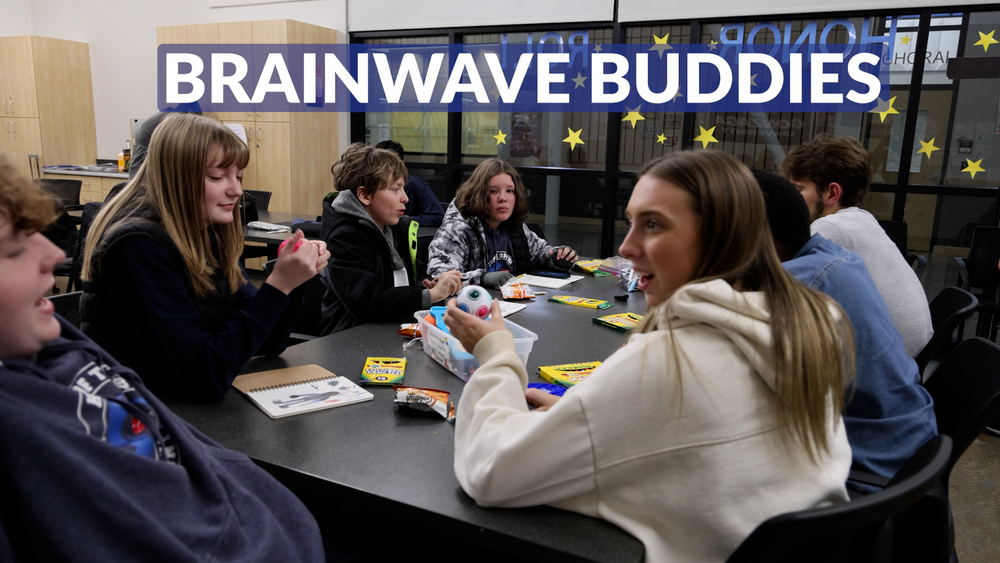
December 12, 2025
At Yasuhara Middle School, a unique after-school club Brainwave Buddies pairs neurodiverse students with Gonzaga University student mentors who also identify as neurodiverse. Co...
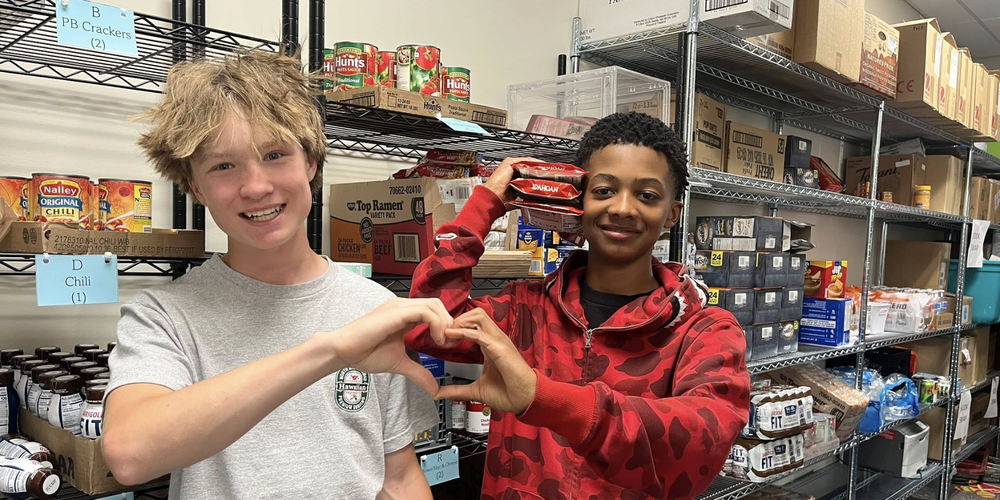
December 12, 2025
While Winter Break allows students, staff, and families to enjoy holiday festivities and winter-weather activities to recharge for the second half of the school year, we recognize...
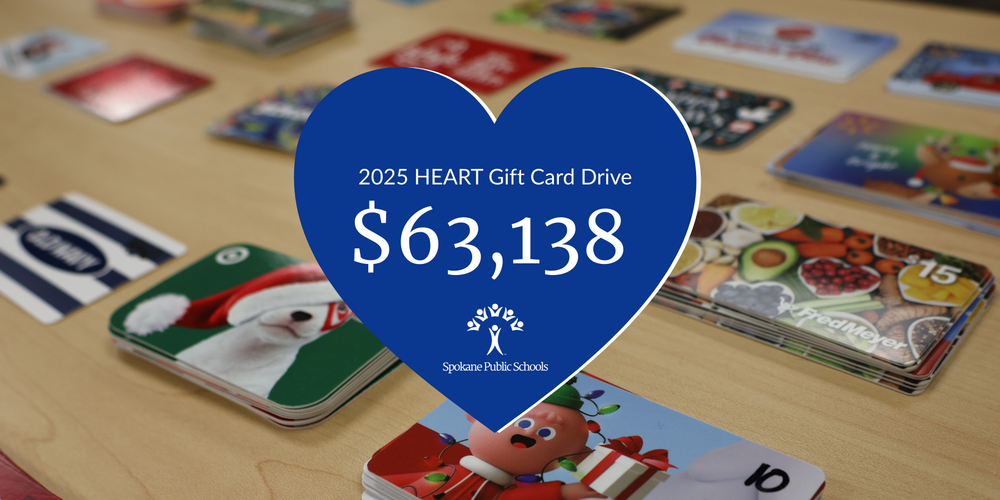
December 11, 2025
On Wednesday, six members of our Homeless Education And Resource Team (HEART) sorted $36,878 in gift card donations for students that lack a fixed, regular and adequate nighttime...
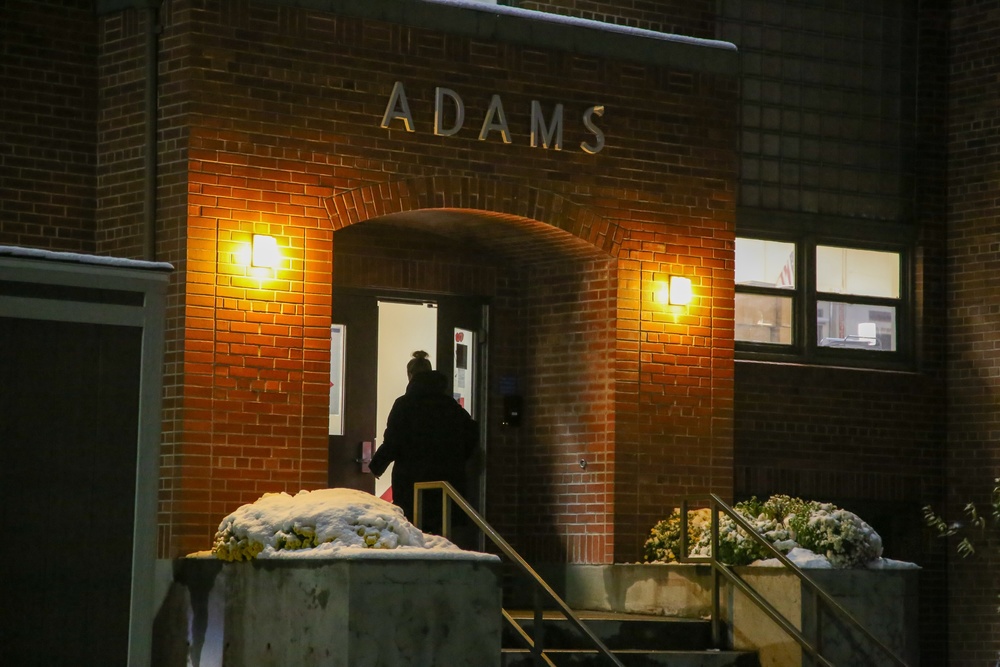
December 10, 2025
All Stars from across the ages visited Adams Elementary School last week to say farewell during a community open house. First built in 1909 and expanded in 1917, Adams is the old...
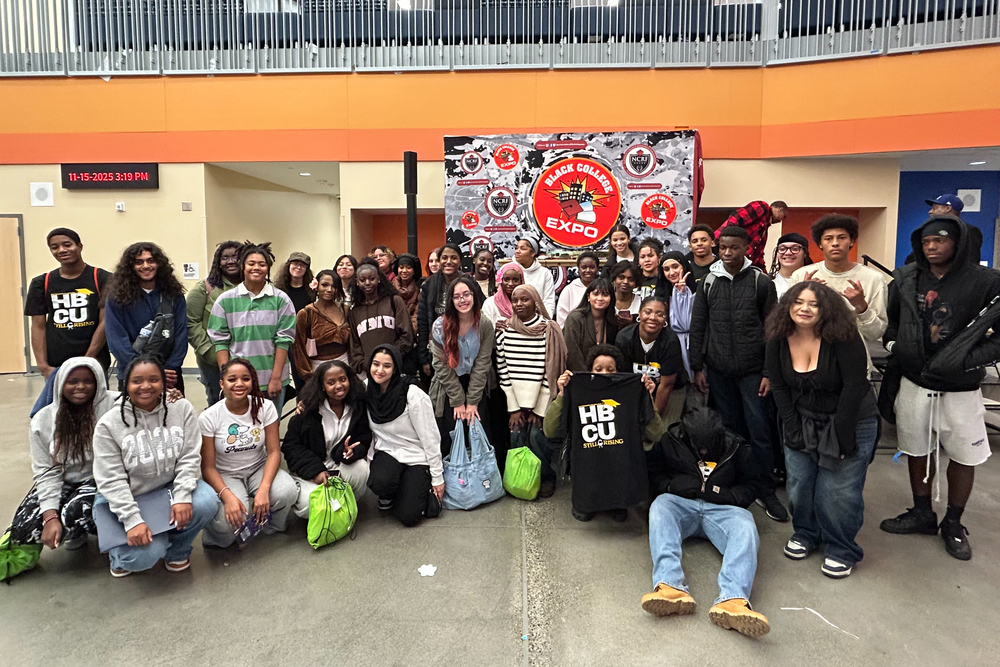
December 9, 2025
In November, 44 high school students from Lewis and Clark, Ferris, North Central, The Community School, Rogers, and Shadle Park attended the 2025 Black College Expo in Seattle. ...
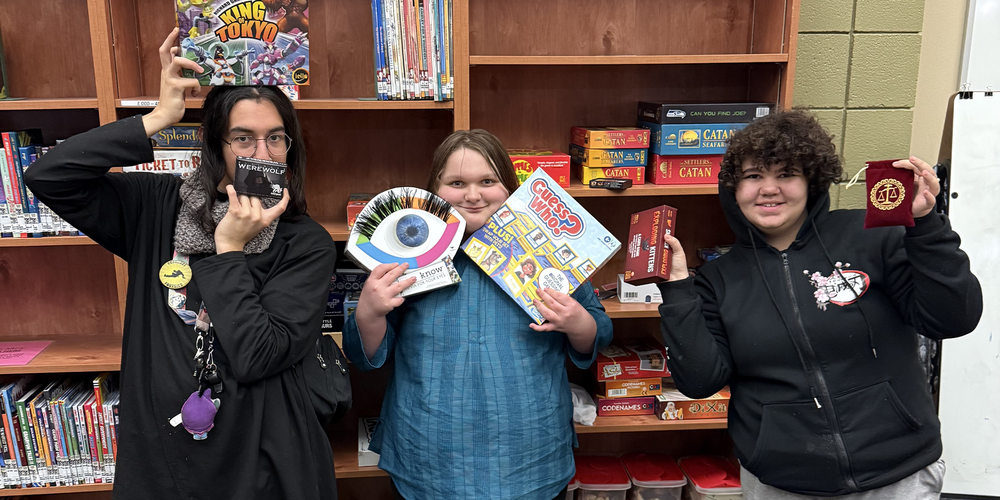
December 8, 2025
With two weeks of Winter Break on the horizon, we know that families are looking for off-screen activities to stimulate their students’ brains while school is out of session. Luck...
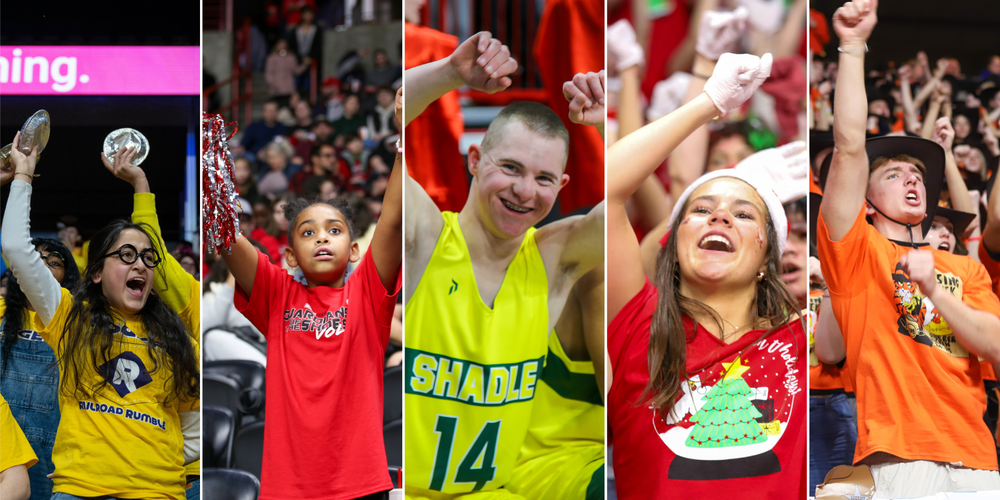
December 5, 2025
Dust off your pompoms and get out your face paint – it’s almost time for Spirit Games! These annual friendly rivalry basketball games and spirit competitions are always a great w...
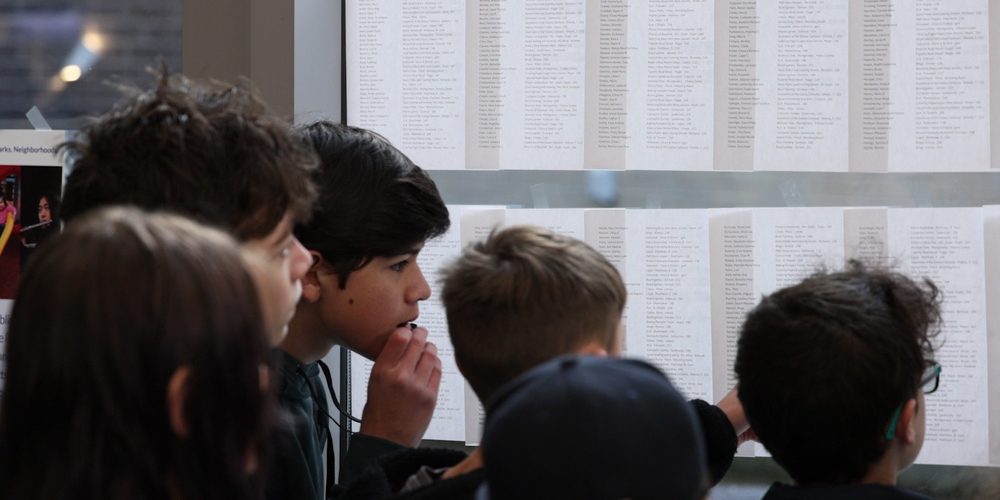
December 4, 2025
Three days a week, every week of the school year, Glover Middle School students arrive at school and head straight to Falcon Time. Held during the school’s Advisory period – those...

December 3, 2025
For previous generations, you may have only seen your school principal in their office and if you were there, it probably wasn’t for something positive. Those days are gone at Le...
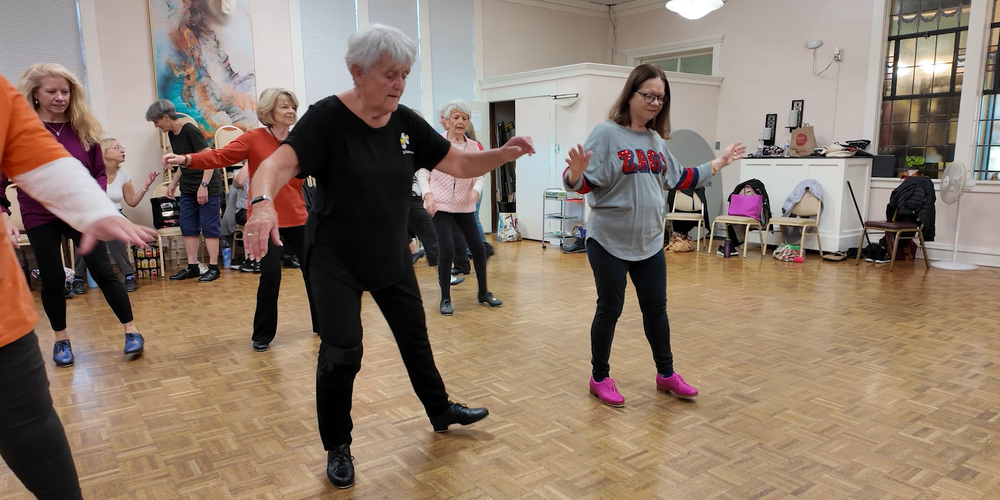
December 2, 2025
For more than 20 years, the Tap Grandmas have been stepping their way across Spokane, staying active and entertaining groups at community centers, elementary schools, and other ve...
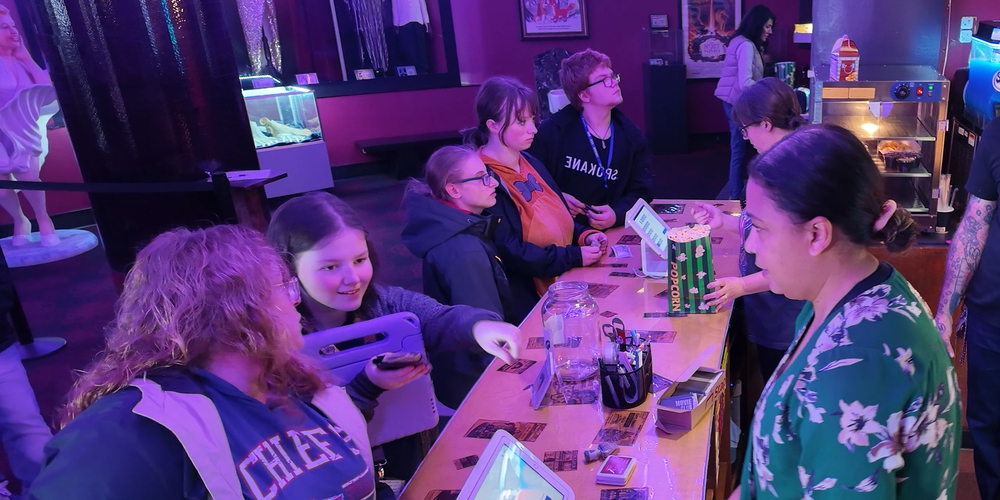
December 2, 2025
A recent field trip to the Garland Theater was more than just a fun activity for Rogers, Shadle Park and Lewis and Clark high school students. “The purpose is to get our special...
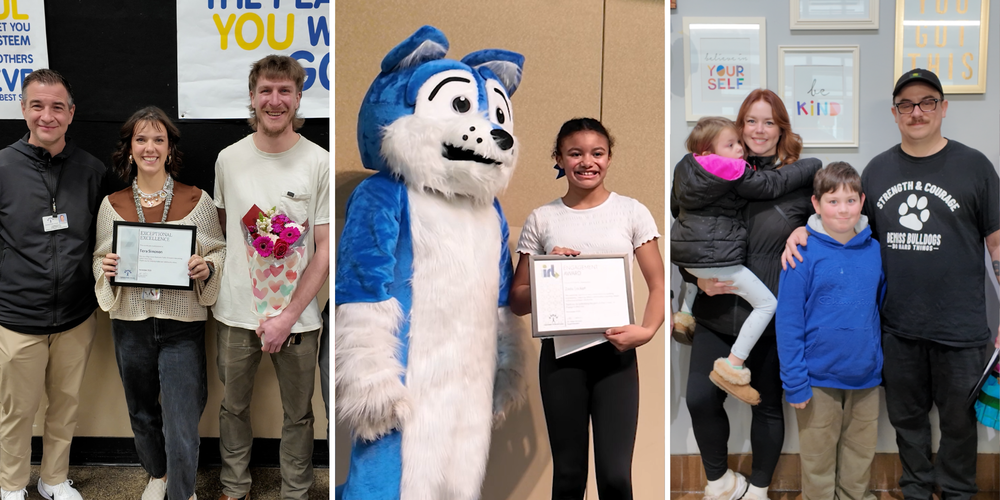
December 2, 2025
During the school year, three individuals are recognized by Spokane Public School each month for their contributions to our schools’ communities. One student, one certificated sta...
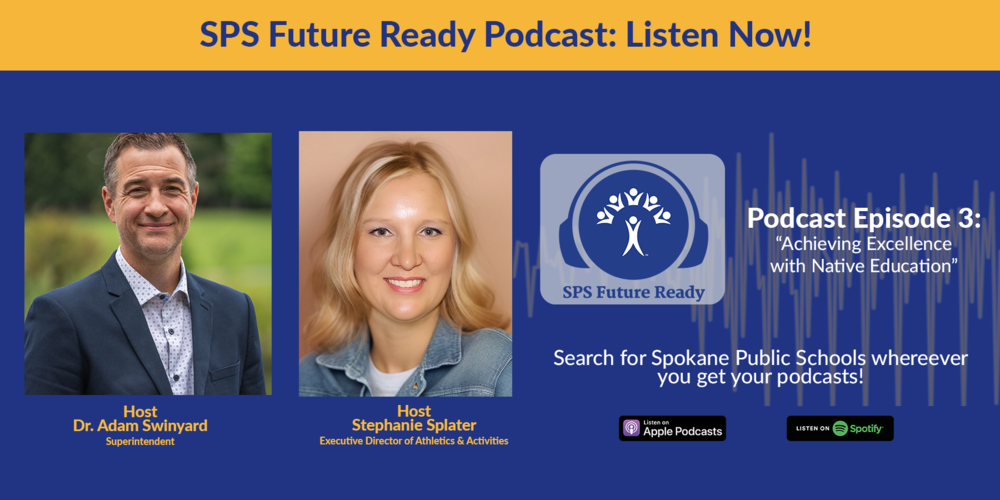
November 26, 2025
Our November podcast, "Achieving Excellence with Native Education,” highlights the work Spokane Public Schools has accomplished in closing opportunity gaps for the district’s 1,9...

November 25, 2025
Spokane Public Schools and LaunchNW invite all area families to Winterfest at Riverfront Park on Jan. 30, 2026, from 9 a.m. to 2 p.m. Come explore and enjoy a day packed with fre...
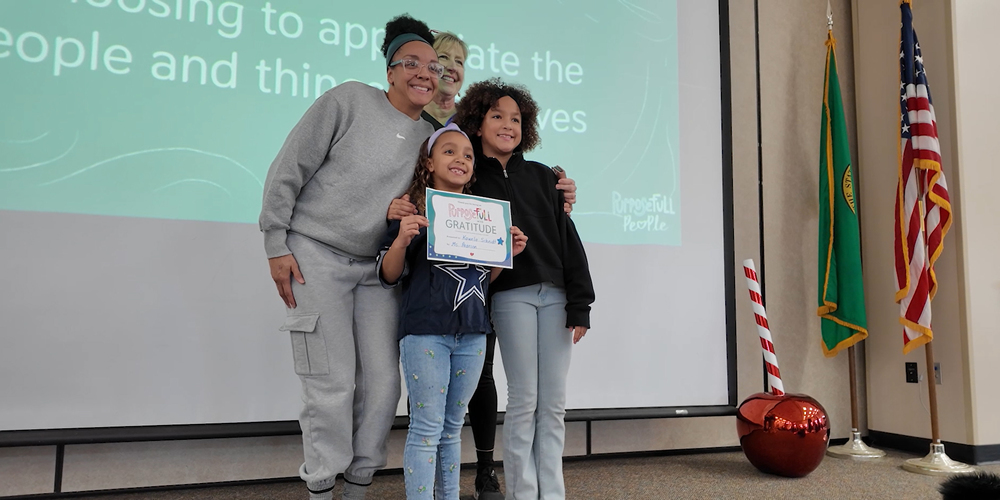
November 25, 2025
Last week, Browne Elementary School recognized students who demonstrated this month’s character trait, Gratitude, with PurposeFULL People Awards. Counselor Nikkita Cochran read no...
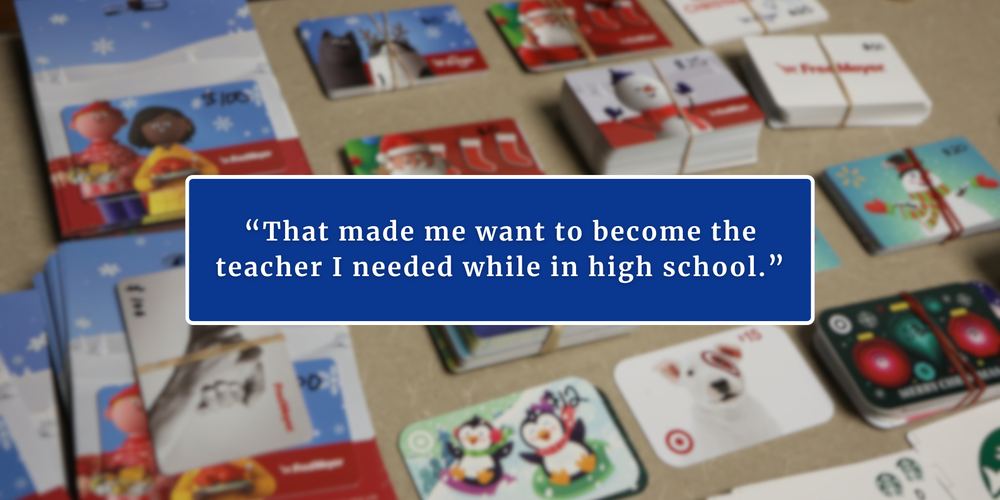
November 24, 2025
In 8th grade, Sam* was living with their mom and stepdad. “Things were bad, so I went to stay with my grandfather,” they said. “I didn’t have way to school. Grandpa didn’t have a...
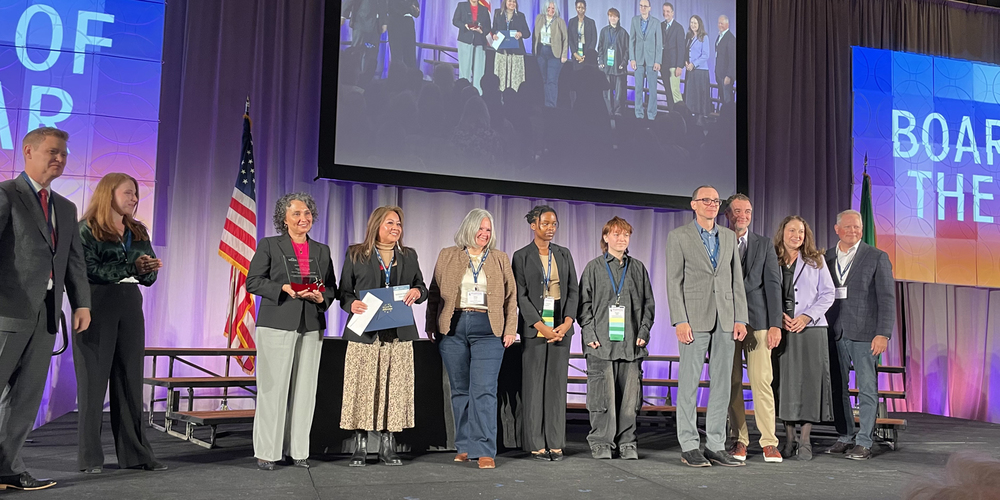
November 21, 2025
The Washington State School Directors' Association has named the Spokane Public Schools Board of Directors the 2025 Large District Board of the Year, recognizing its commitment...
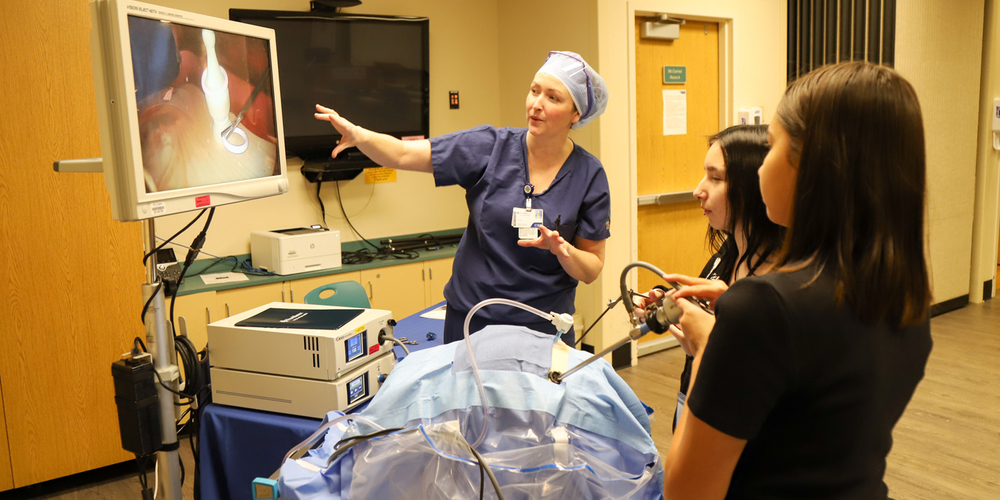
November 21, 2025
Susan Scott, the chief operating officer at Holy Family Hospital in north Spokane, stood in front of 20 freshman and sophomores from Rogers High School and began what, for some st...
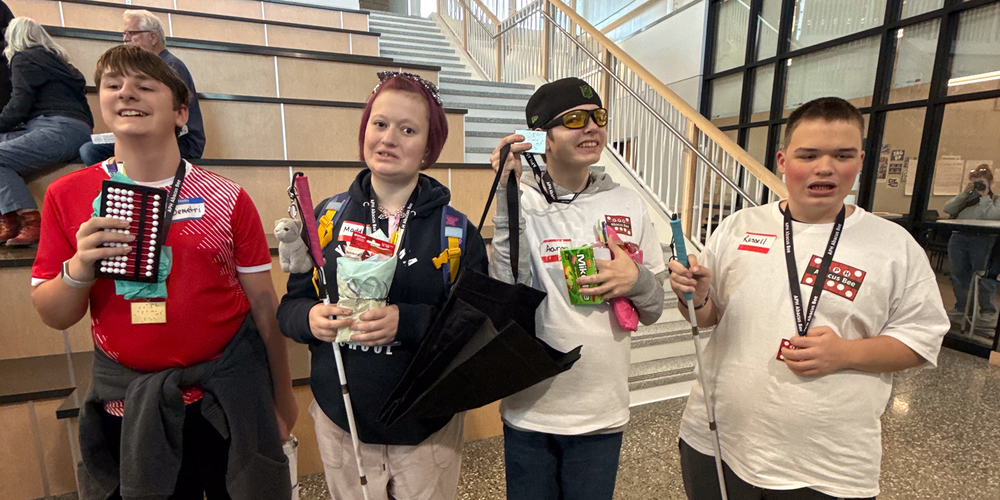
November 21, 2025
Earlier this month, more than a dozen students from across the state gathered at Yasuhara Middle School for the third annual Washington Regional Abacus Bee , organized by the Wash...
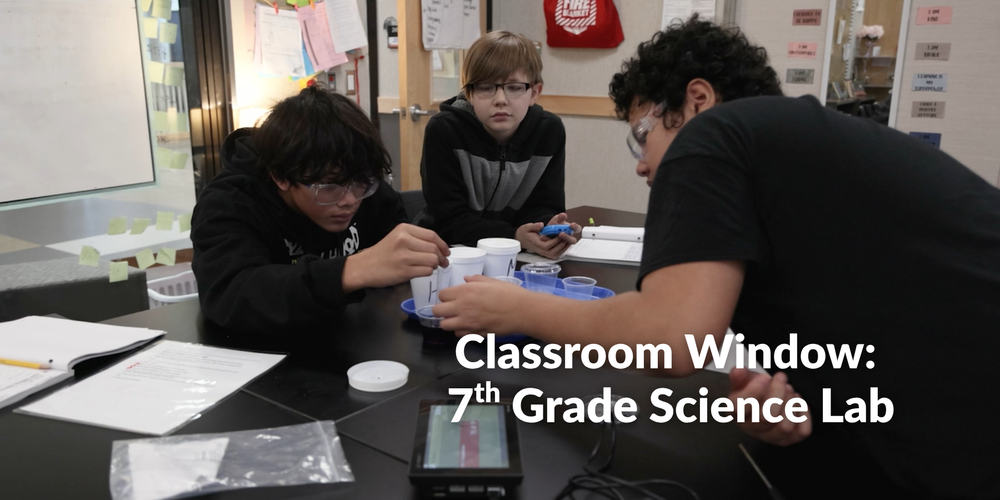
November 19, 2025
Step inside Caitlin Wooley’s science lab at Yasuhara Middle School as 7th grade scientists observe chemical reactions using household items like root killer, aluminum foil, and ca...
